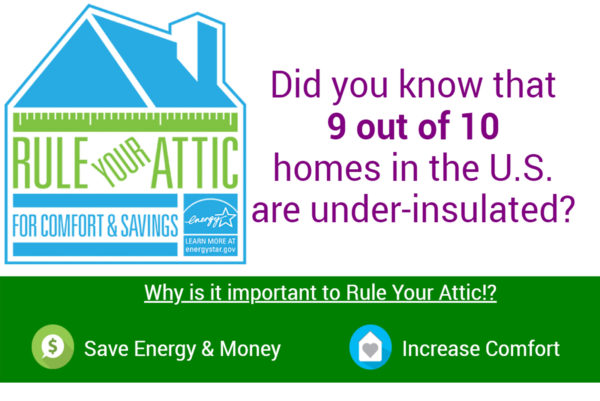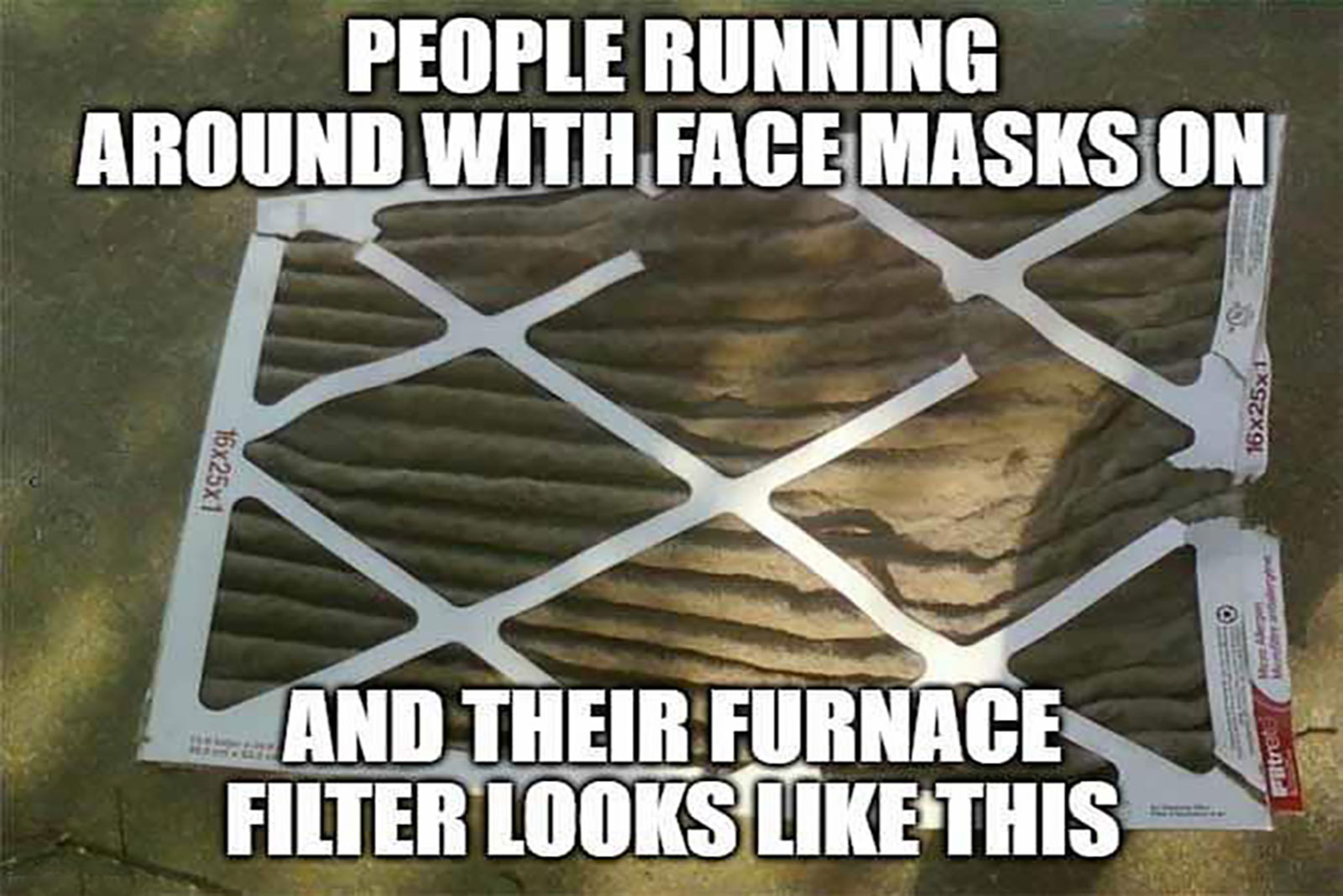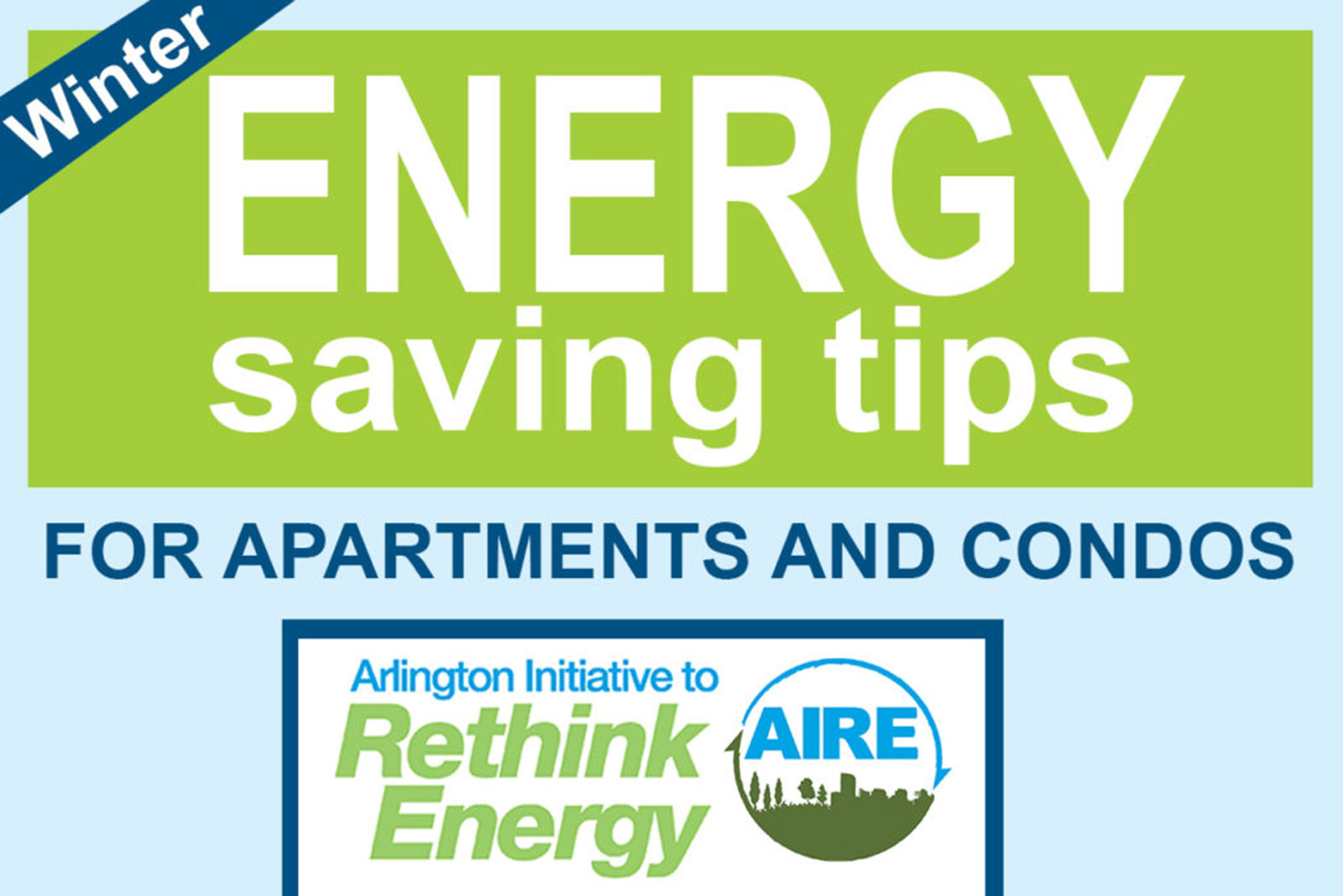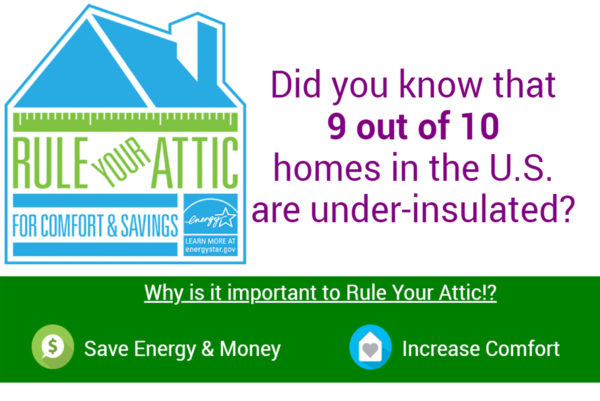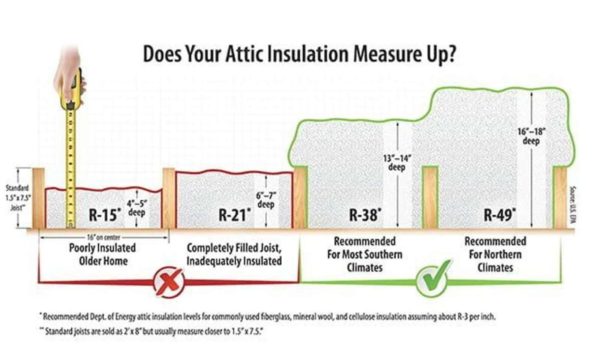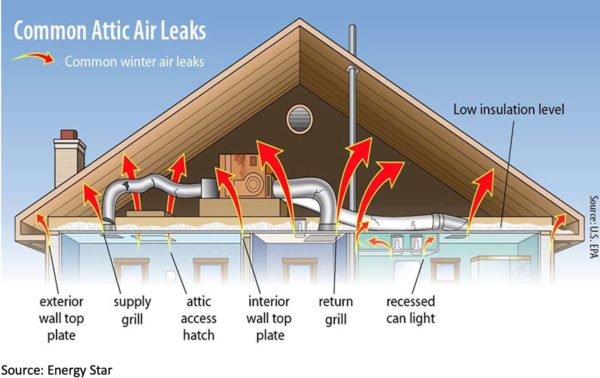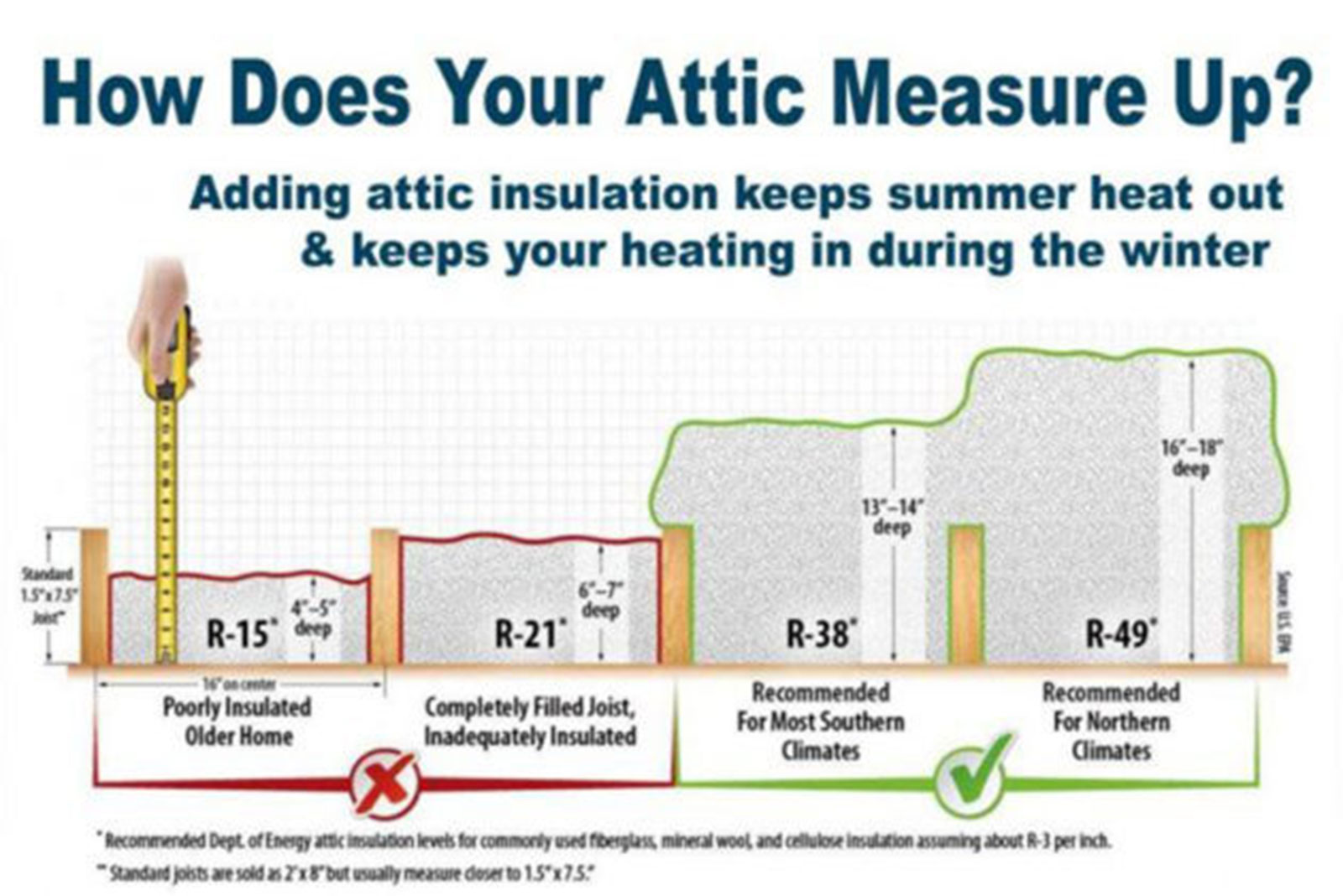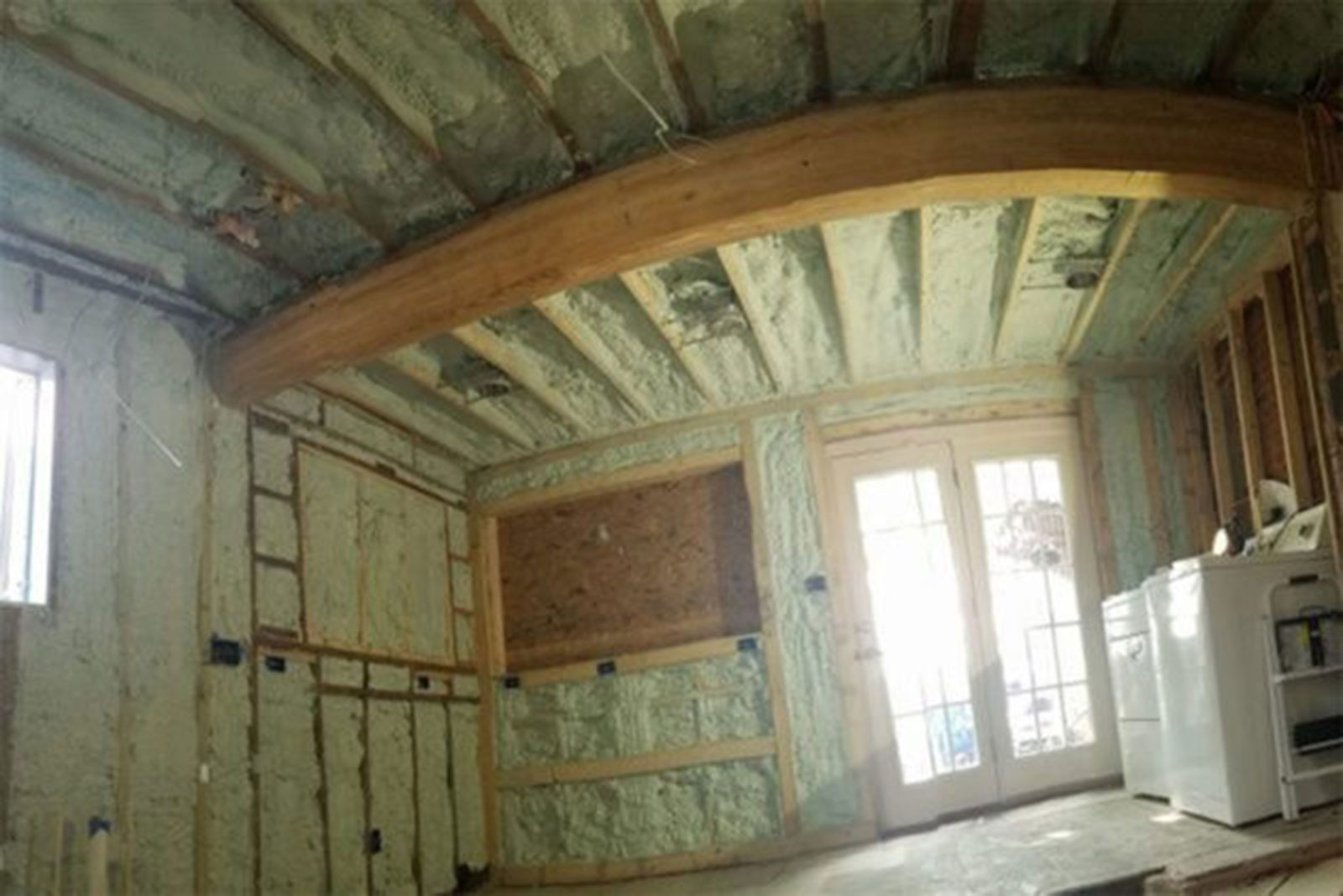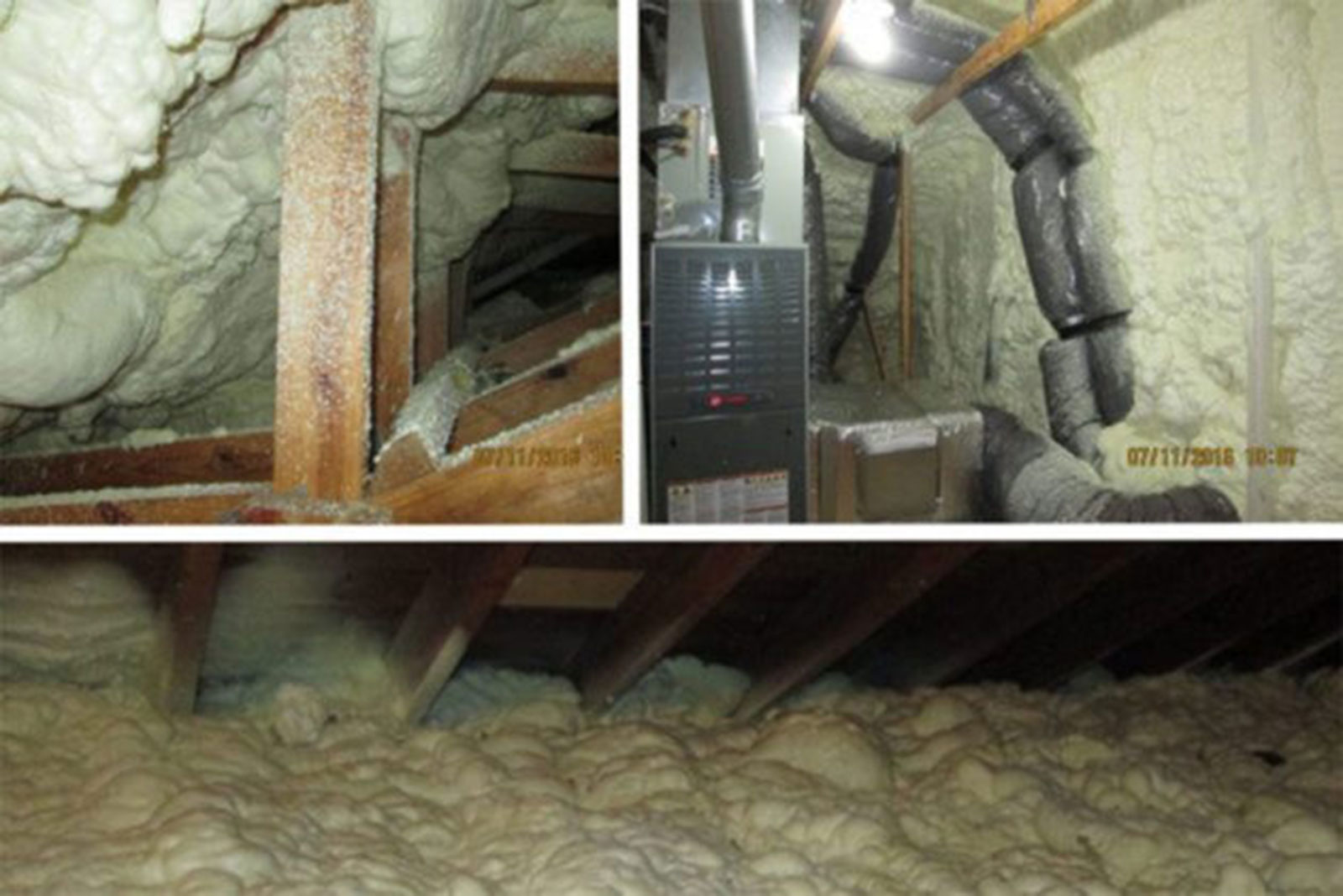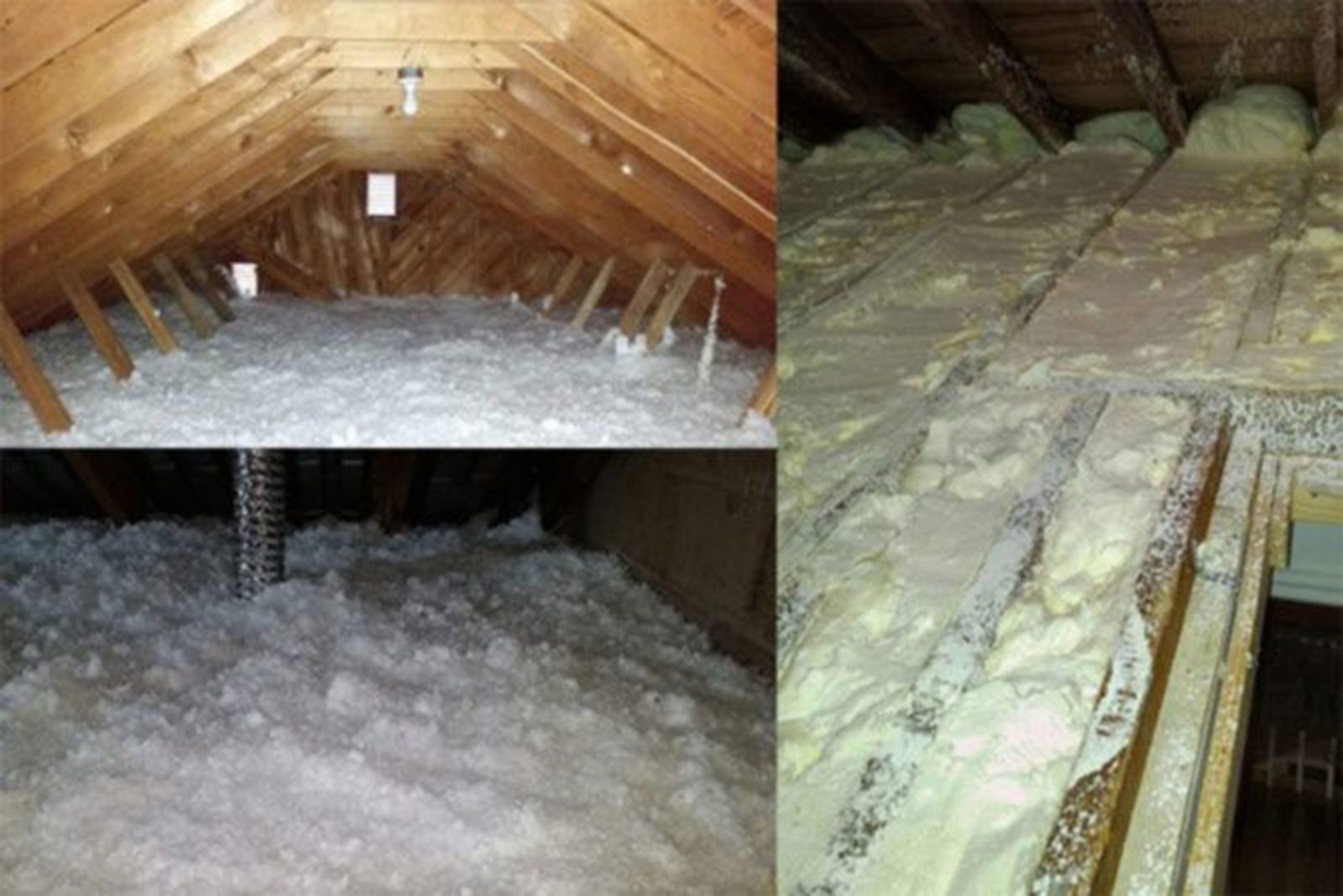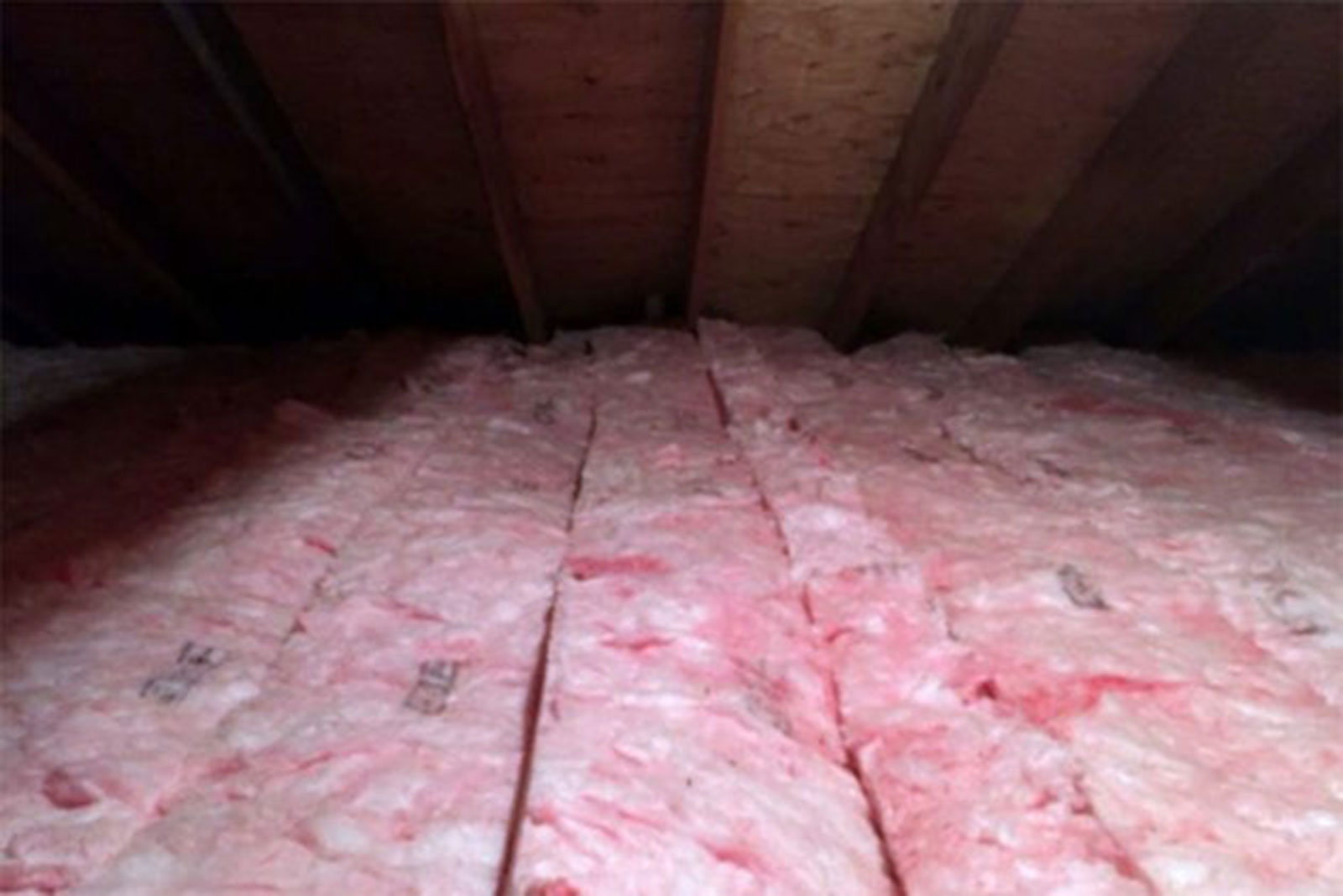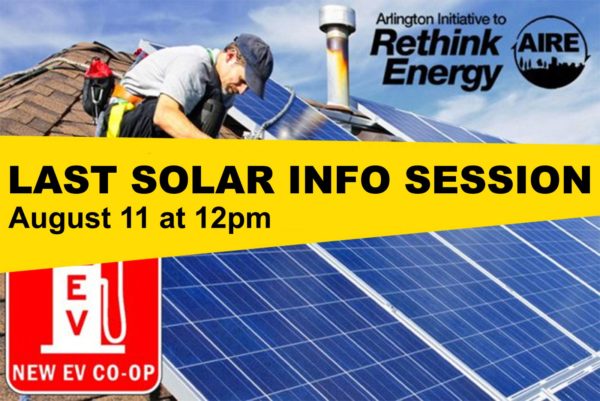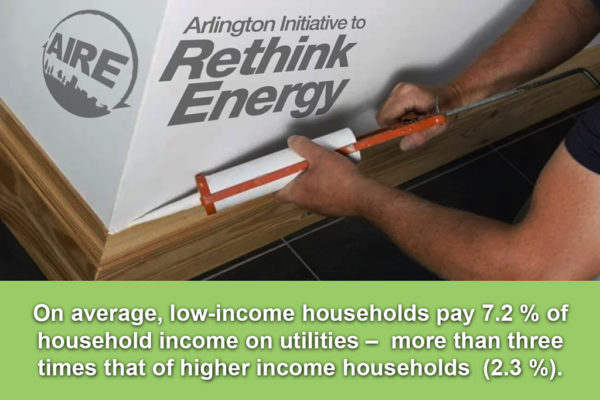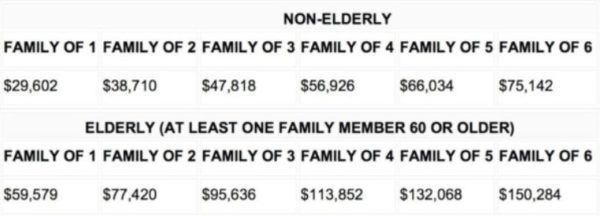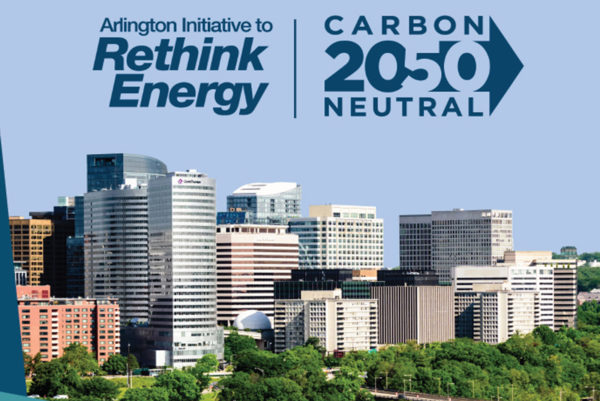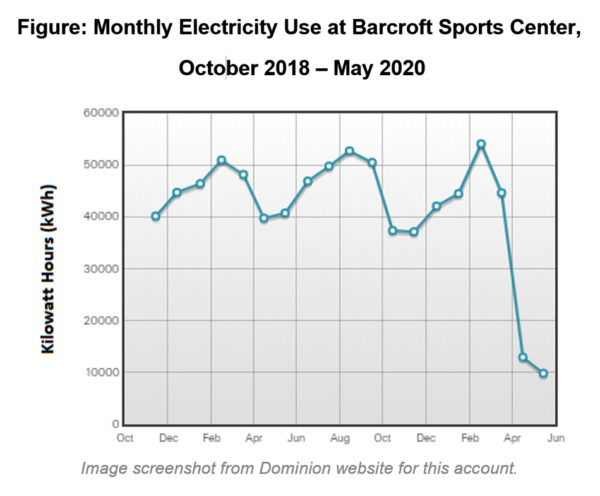This regularly-scheduled sponsored column is written by the Arlington Initiative to Rethink Energy team (AIRE). This county program helps you make smart energy decisions that save you money and leaves a lighter footprint on the environment.
If you cool or heat your home with forced air through vents and duct returns, keep reading…
Duct sealing is a great way to improve home comfort, save money and improve indoor air quality. How much of a difference in-home heating and cooling efficiency do you think duct sealing makes? According to the EPA, it’s as much as 20 percent.
What’s the big issue with duct sealing?
For starters, your air ducts are a vital part of your cooling and heating system. Metal on metal ductwork connections are never a perfect fit, and over time ductwork can separate, creating holes and cracks.
These holes and cracks mean your air conditioning or heating is likely blowing into your walls, crawl space and attic and are creating uneven temperatures in your home. It also means air may be pulled from your crawl space or attic into your home in your air duct returns. That isn’t the healthiest air to breathe.
What’s the fix?
A technician can seal your ductwork where it is visible using an adhesive called mastic, coupled with professional-grade foil tape. Believe it or not, duct tape is never recommended. The technician will also check for disconnected or poorly connected ducts and reattach them.
Most ductwork isn’t visible because it’s behind your walls, in your attic and crawl space, or beneath floors. Sealing that part of your ductwork requires an aerosol-based product. This process seals your ducts from the inside out. It is the most effective way to seal your ducts. This video helps to detail the process.
Take the next step to home comfort and seal your ducts. It’ll ensure your air is healthier, your home is more evenly cooled and heated, and your HVAC system won’t have to work as hard.
Check out the contractors that participated previously in Arlington’s Home Energy Rebate Program and see who has done work in Arlington.
Have questions? Feel free to email us at [email protected].




